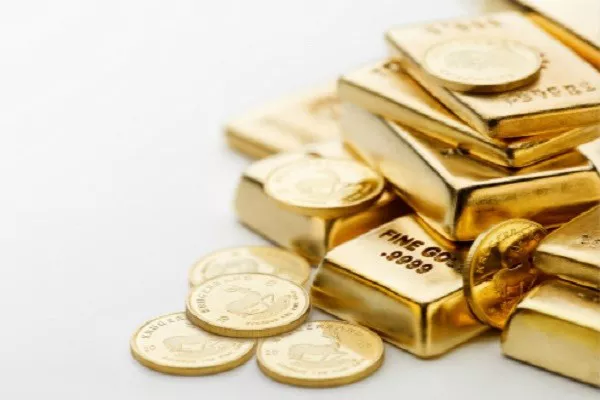Investors and enthusiasts often weigh the merits of spot gold and silver as they navigate the complex world of precious metals. Each metal possesses unique properties, uses, and investment potential, making them attractive options for diverse portfolios. This article provides a detailed comparison of spot gold and silver to aid investors in making informed decisions based on their financial goals and risk tolerance.
I. Properties of Spot Gold:
Gold is renowned for its lustrous yellow appearance, malleability, and resistance to tarnish. These physical properties contribute to gold’s status as a sought-after precious metal. Its rarity and durability make it an excellent store of value, and its intrinsic beauty has made it a symbol of wealth for centuries. Gold is a dense metal, which means that a small volume of gold can represent a significant value. Additionally, gold is a non-reactive metal, making it resistant to corrosion and oxidation.
II. Properties of Silver:
Silver, while also possessing a distinct shine, has a brighter, white appearance compared to gold. It is highly malleable and an excellent conductor of electricity, contributing to its widespread industrial applications. Unlike gold, silver is more prone to tarnishing over time, reacting with sulfur compounds in the air. Despite this, silver’s malleability makes it ideal for use in various forms, from coins and jewelry to industrial components.
III. Uses of Spot Gold:
Gold has a rich history of being used for ornamental purposes, with jewelry being one of its primary applications. Beyond its aesthetic value, gold plays a crucial role in the manufacturing of electronic components, thanks to its excellent conductivity and resistance to corrosion. Central banks and individual investors alike consider gold a reliable store of value, often using it as a hedge against inflation and economic uncertainties. The cultural and historical significance of gold further enhances its appeal.
IV. Uses of Silver:
Silver’s uses extend beyond adornment and investment. Due to its exceptional thermal and electrical conductivity, silver is a vital component in the electronics industry. It is extensively used in the production of solar panels, medical equipment, and various technological devices. The antimicrobial properties of silver have also led to its use in healthcare settings for wound dressings and medical instruments. Additionally, silver’s affordability and versatility make it a popular choice for crafting coins and silverware.
V. Investment Potential of Spot Gold:
Gold has long been considered a reliable investment, particularly during times of economic uncertainty. As a tangible asset, gold provides a hedge against inflation and currency fluctuations. Investors often include gold in their portfolios to diversify risk and preserve wealth. The market for gold includes various investment options, such as physical gold (coins and bars), gold exchange-traded funds (ETFs), and gold mining stocks.
VI. Investment Potential of Silver:
Silver, while historically considered a form of money, is also valued for its industrial applications. The dual demand for silver as both a precious metal and an industrial commodity can result in price volatility. Like gold, silver can be purchased in physical form or through financial instruments like silver ETFs. Investors attracted to the potential for price appreciation and industrial demand often include silver in their investment portfolios.
VII. FAQs on Spot Gold vs Silver:
Q1: Which metal is a better hedge against inflation?
A1: Both gold and silver are commonly used as hedges against inflation. Their limited supply and intrinsic value make them attractive during periods of rising prices. However, some investors prefer gold for its historical role as a store of value and wealth preservation, while others may favor silver for its dual role in both precious metals and industrial applications.
Q2: How do global economic conditions affect the prices of gold and silver?
A2: Global economic conditions, including factors like interest rates, geopolitical events, and currency movements, can influence the prices of both gold and silver. Economic uncertainties often drive investors towards precious metals as safe-haven assets, impacting their prices positively.
Q3: Are there any tax implications when buying gold or silver?
A3: Tax implications can vary depending on the form of investment. Physical gold and silver may be subject to sales tax, while certain financial instruments, like ETFs, may have different tax treatments. It is advisable to consult with a tax professional to understand the specific tax implications based on the investor’s jurisdiction and investment choices.
Q4: How do industrial applications impact the price of silver?
A4: Silver’s significant industrial uses, especially in electronics and renewable energy, can influence its price. Changes in industrial demand, technological advancements, and shifts in manufacturing trends can impact the overall demand for silver, leading to price fluctuations.
In conclusion, the choice between spot gold and silver involves considering their unique properties, uses, and investment potential. While gold is often prized for its historical significance and role as a store of value, silver’s industrial applications add a layer of complexity to its market dynamics. Investors should carefully assess their financial objectives and risk tolerance when deciding how to incorporate these precious metals into their portfolios.

